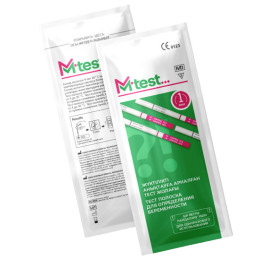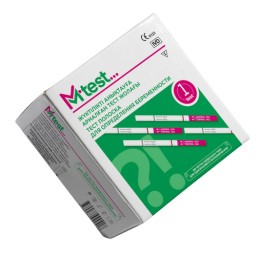Тест на беременность полоска – это диагностическое средство, предназначенное для определения наличия или отсутствия беременности у женщин. Тест состоит из специальной полоски, покрытой реагентами, которые реагируют на наличие гормона человеческого хорионического гонадотропина (hCG) в моче женщины. HCG – это гормон, который вырабатывается в теле женщины после зачатия.
Принцип работы теста прост: женщина собирает утреннюю порцию мочи в специальный контейнер или прямо на полоску теста. После этого полоску помещают в контейнер с мочой или держат под струей на несколько секунд. Если в моче присутствует hCG, то появляется видимая полоска, указывающая на положительный результат беременности. В противном случае полоска остается однотонной или не появляется вовсе, что свидетельствует о отрицательном результате.
Тесты на беременность полоска широко распространены, доступны без рецепта и удобны в использовании в домашних условиях. Они предоставляют женщинам быстрый и конфиденциальный способ подтвердить или исключить беременность. Однако для достоверности результата важно соблюдать инструкции теста и проводить его в определенный период времени после задержки менструации

